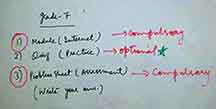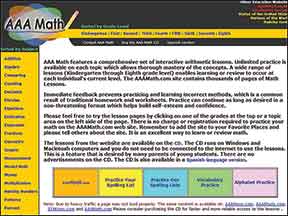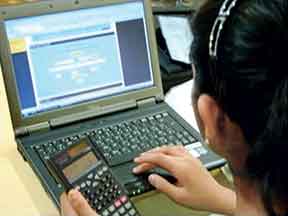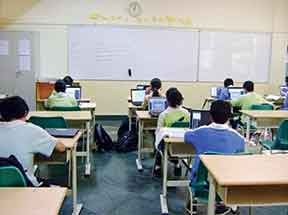Monica Kochar
“The flipped classroom is a pedagogical model in which the typical lecture and homework elements of a course are reversed. Short video lectures are viewed by students at home before the class session, while in-class time is devoted to exercises, projects, or discussions.” (http://educause.edu./)
As far as I am concerned though, anytime you give students the responsibility of learning independently and coming back to you when they have questions, you have reversed/flipped the class and therefore cultivated independent thinking in them using an excellent learning strategy in the classroom.
I was flipping my maths classes long before I actually heard of the concept. (Watch a video of my flipped class at: https://www.youtube.com/watch?v=Pkwepcru6fU)
My class
• Age group: 11-13 yrs
• Total group size: 17
• Students in each group: 1
Although mine was a small class, the same model can be replicated in a larger class. One can have 2-3 students at one computer.
Why did I flip the class?
Difficulties in the topic:
- I noticed that students made mistakes in calculating reverse per cent.
- They found it difficult to apply their understanding of the topic when it came to word problems, applying understanding.
- There were also too many cumbersome formulas in the topic.
I wanted to use a strategy that allowed me to do a lot of drill without leading to boredom. So I turned it into a self-study lesson using a website. Each student worked on his/her computer. Students today love it when they are asked to do something on laptops and the Internet. I wanted to capitalize on this interest and get them to learn the topic.
Concepts covered
• Finding the per cent
• Reverse per cent
• Increase and decrease in per cent
• Calculating discount
• Calculating profit and loss
The procedure for flipping
The instructions were given on the board daily to avoid constant questioning by students.
The students were given a task sheet
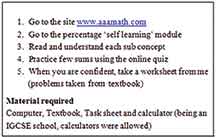
Task sheet given to the students
The students were asked to open the web site – www.aaamath.com
As per the syllabus, I found nine modules that matched completely with our syllabus. These were given to the students to work on.
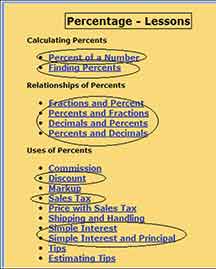
The page on the website showing the chapter taken
Students were supposed to read and understand. They could take help if they were not clear about something.
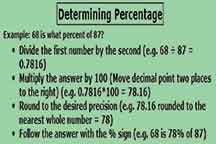
The explanation the student had to read
Test themselves
The self administered quiz provided immediate feedback. Using this quiz, students were asked to check their learning of the topic. If they got most of the answers wrong, they went back to the explanation. They were encouraged to move to the worksheet if they got 80 per cent or more answers correct. They were also encouraged to try at least 15 problems.
Solve a drill sheet with problems
I liked this site for it seemed to be a complete self learning tool. The only thing it needed further was a good drill practice. I used the textbook for the same. After each module they had to come to me for the worksheet based on the textbook problems.

A student at work on the drill sheet
Work ethics
I divided the work day-wise for them and also added two days extra at the end to complete the work. They could choose to go either by my dateline or follow their own. If they finished any module ahead of time, they could move on to the next or choose to take a break. I realized that some students work well in freedom. However, some require a clear system to get into the groove. Giving them my system and letting them choose to be on their own gave them the space to blossom.
Discipline
Students were asked to bring their laptops with good battery backup and a functional Internet connection. They were informed that in case their learning on the topic from the Internet was incomplete then we could go back to using the textbook alone to learn. They found this new learning strategy interesting and did not wish to lose it and therefore everyone was willing to work hard. Setting a clear boundary for behaviour also helped restrict the Internet usage to just learning.
My role
My role was that of a troubleshooter! A word not understood; a web page not opening…. I also watched very carefully who was able to work using this method and who had problems. I found some students did have difficulties and helped them. This helped in report writing later.
Outcome
• The students paced their learning on their own. This helped them get stronger with the concepts.
• A summative assessment was done at the end. Everyone’s performance had improved.
Reflection
This was for me a ‘perfect class’. A class filled with naughty students had worked so well! Students who were absent on any day continued their work at home. Students preparing for a test or exam simply went back to the website when they had any doubt.
Does flipping always need modern ICT equipment?
No! The above flipped class used the format of one student one laptop in a Wi-Fi enabled environment. However, this is not the only way to make this kind of teaching-learning work. A good computer lab with internet facility is all that you need. Teachers can also give the work that requires the Internet as homework and have the discussion in the class.
As a lady in her late 60s told me, “When we were young, our masterji told us to study a portion at home. The next day we came to the class and had our discussions.” This is also flipping!
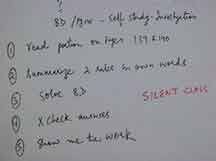
Write on the board the work to be done independently
While using an Internet search engine is one of the best ways to flip the class, simpler ways are also available for our classrooms that are huge in size.
Simply write on the board what is expected.
Organize work in a group and let them work at it independently.
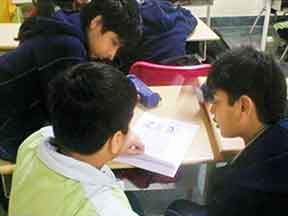
Students working on a comprehensive work in maths
Student response to this learning strategy is good to great! Students can work at their own pace and that is when real learning happens.
The author has been a teacher for 19 years and is on a sabbatical from ‘schooling’. She is now a freelance math curriculum developer and is experimenting with strategies to make math accessible to all. She can be reached at reachmonica@gmail.com and has a blog titled http://humanemaths.blogspot.in.

